Description
Latin name: Armadillo officinalis
Size: 1.3-2cm
Origin: Southern spain
This species is in the genus Armadillo, an extremely interesting genus of isopod with amazing defensive strategies. This species in particular, probably has one of the most interesting defensive behaviours I have ever been blessed of observing.
The Armadillo genus defence strategy is, just like the Armadillidium genus, to roll into a ball when scared. Armadillo officinalis however, takes this to the extreme. This species “ball form” is completely sealed shut all around, and they tend to sit around curled up for quite some time. Meaning that they can be picked up and rolled around like little beads whilst they are still in their “ball form”.
This almost impeccable defence is extremely fun and extraordinary to observe first hand. How all the body parts can fit together as well as they do to make the “ball form”, is mindblowing. Not only that they are the animal equivalent of a transformer, these guys grow to some considerable size. Reaching up to 2 cm in some cases! Remember that these guys are pretty tall and thick all around, in comparison to some other long but very flat isopods. The fact that Armadillo officinalis are also tall, makes their size very impressive.
As if that was not enough awesomeness, this species also makes sounds when they are threatened. A very distinct “cicada-chirping” noise that can easily be heard from almost a meter away when they all do it in sync.
This species is not too hard to care for, although they can be slow to get up to a healthy population since they grow very slow. Their requirements are not out of the ordinary, but In my own experience they need a very stable humidity and temperature to thrive.
Care:
Humidity: 20-60% Best results with a strong gradient in the setup.
Food: Red fish food flakes, Zucchini, Spinach, Mango-peel, Apple, Carrots etc.
Dead wood, leaves, moss, cuttlebone.
Housing: Minimum recommended size of a successful setup 20x25cm.
Minimum recommended soil depth 6cm.
(Deeper soils and larger areas is always better)
Ground foliage: Dry leaves mixed with plenty of dead and rotten wood.
Difficulty: Medium
The species is not hard to keep and their requirements are not out of the ordinary, however, getting a colony up and going can be challenging, as they are pretty slow to reproduce.


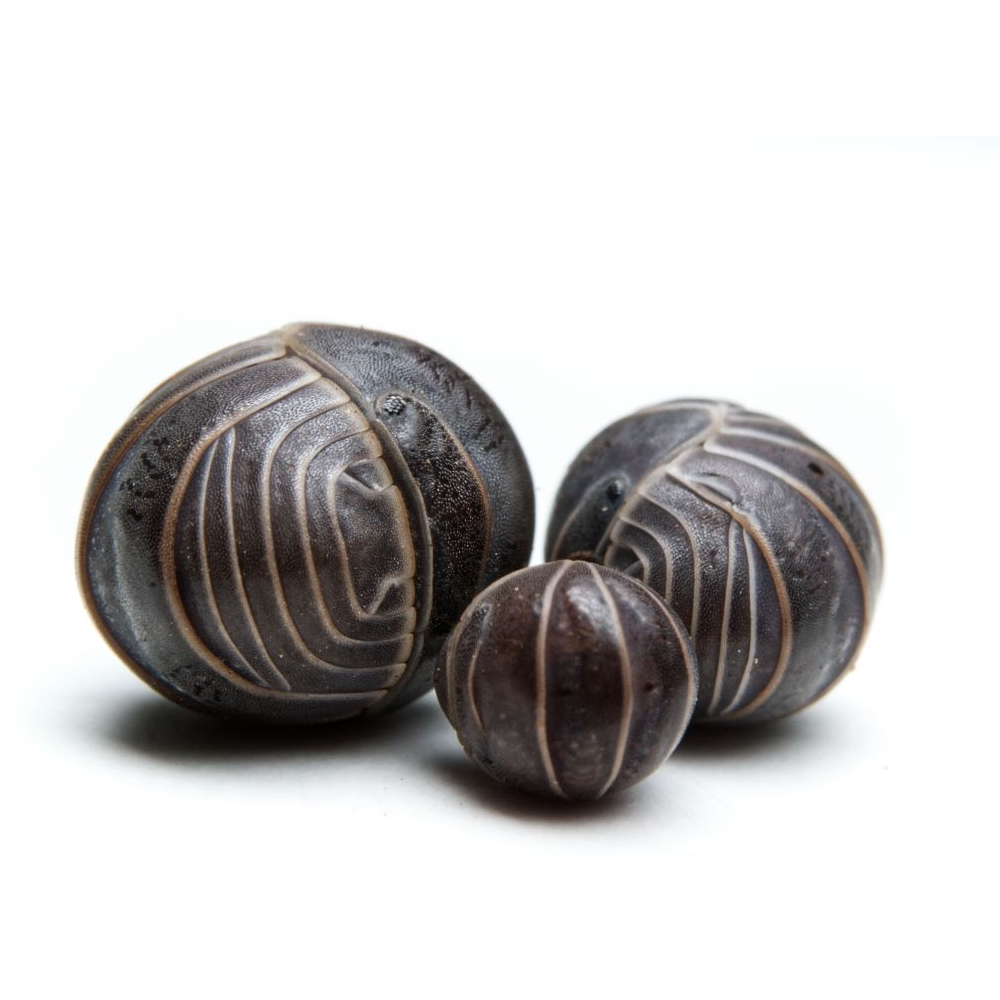
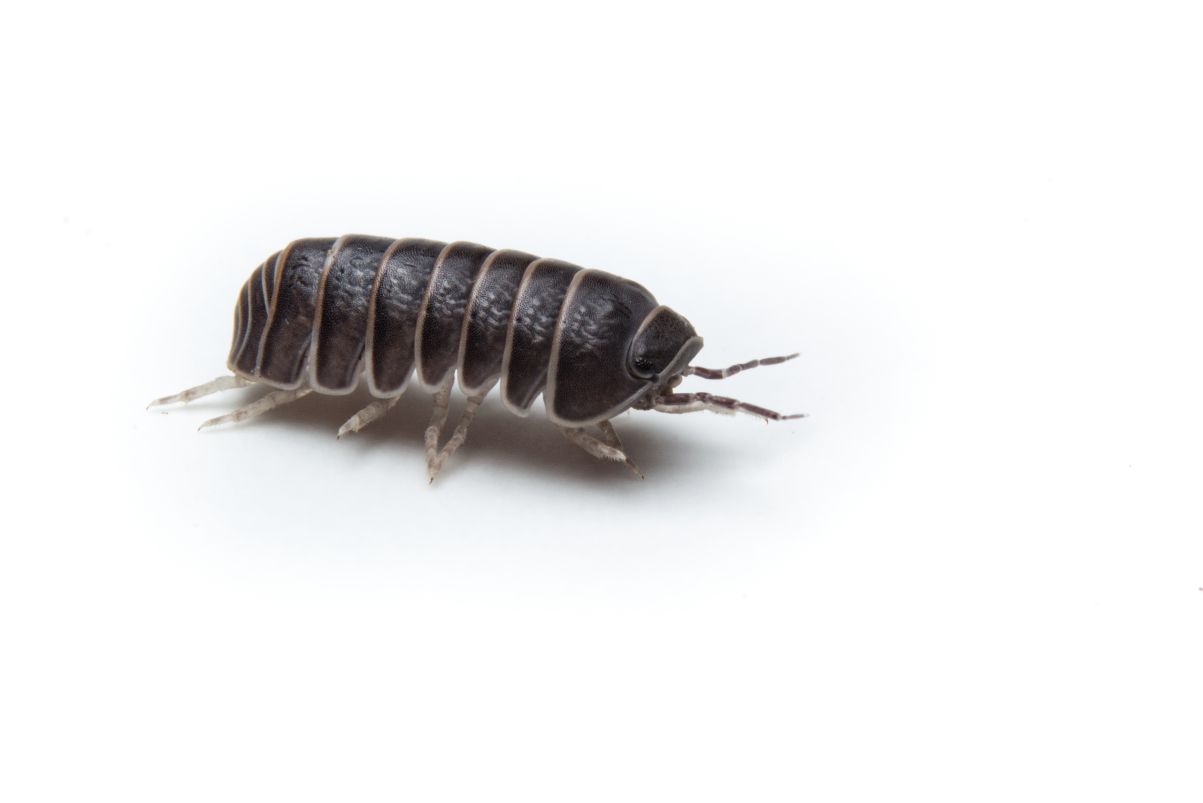
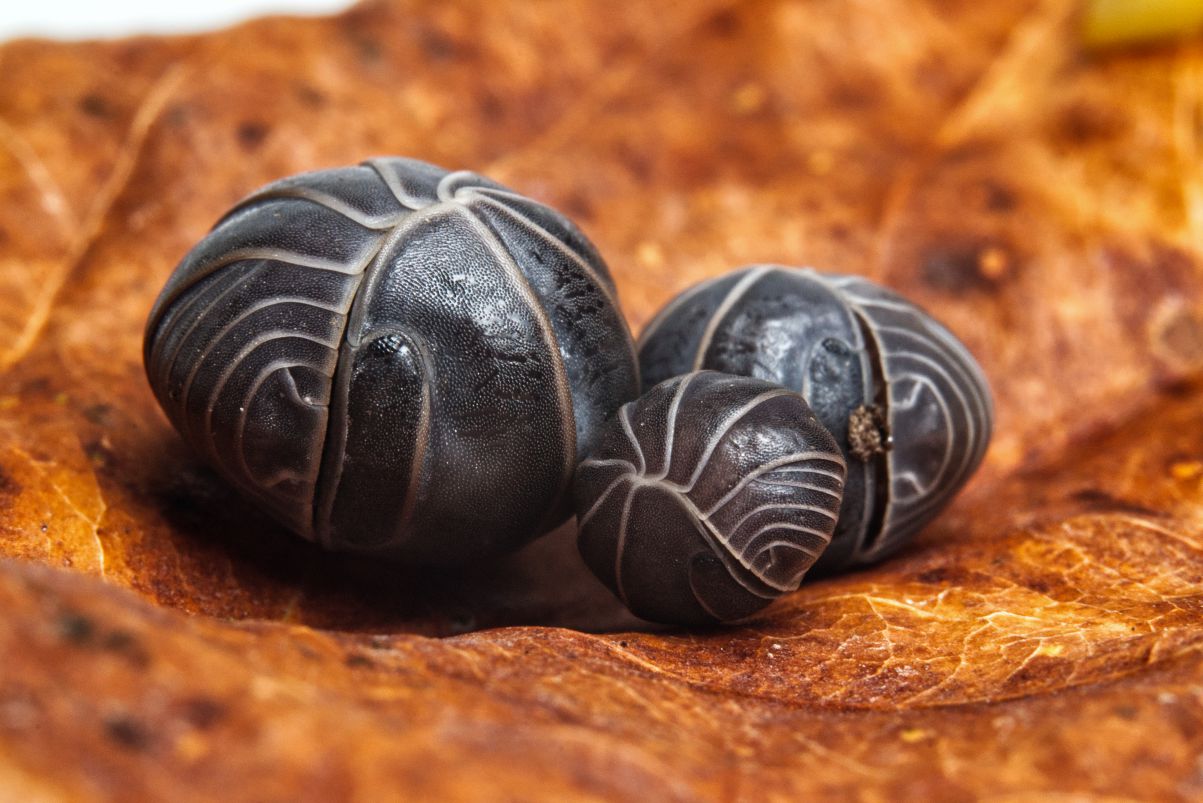
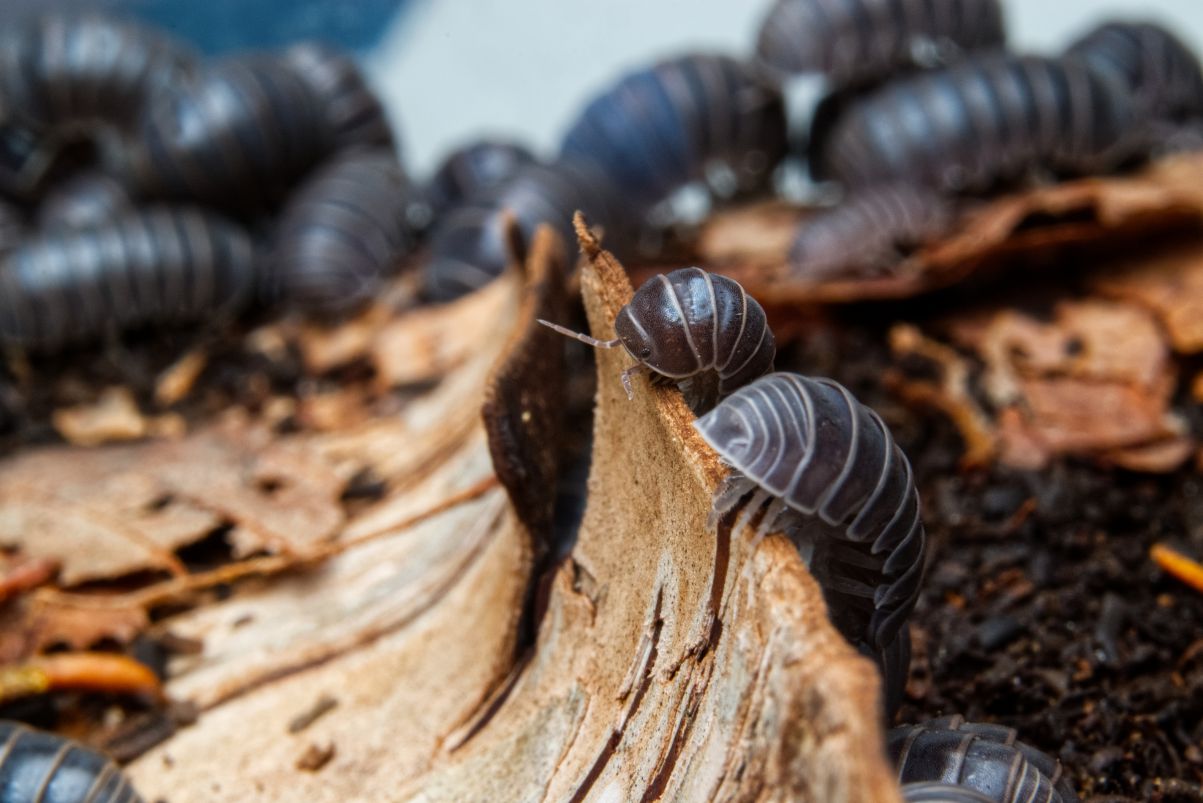


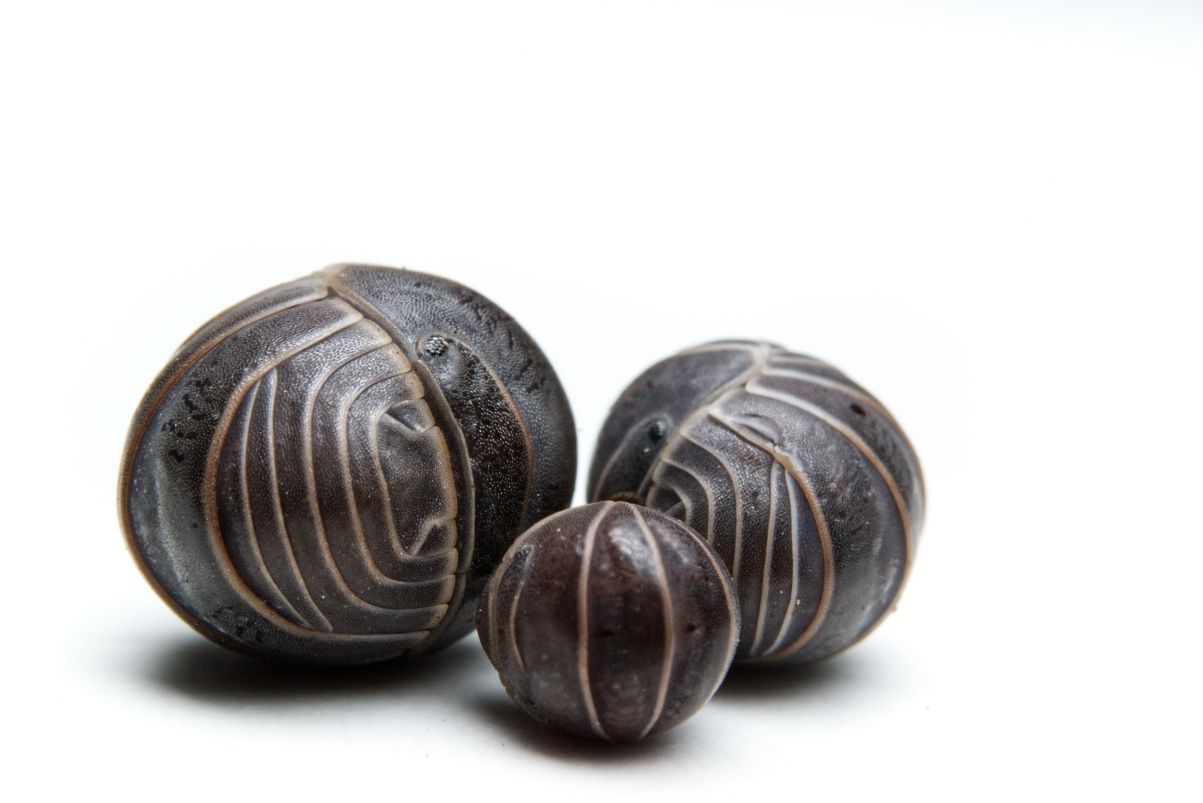
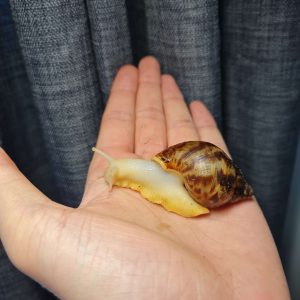
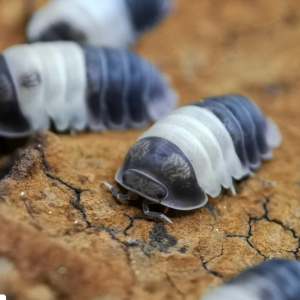
Jake Siprasoeuth –
The article offers some useful insights and helpful advice. Thanks for sharing your expertise with us.